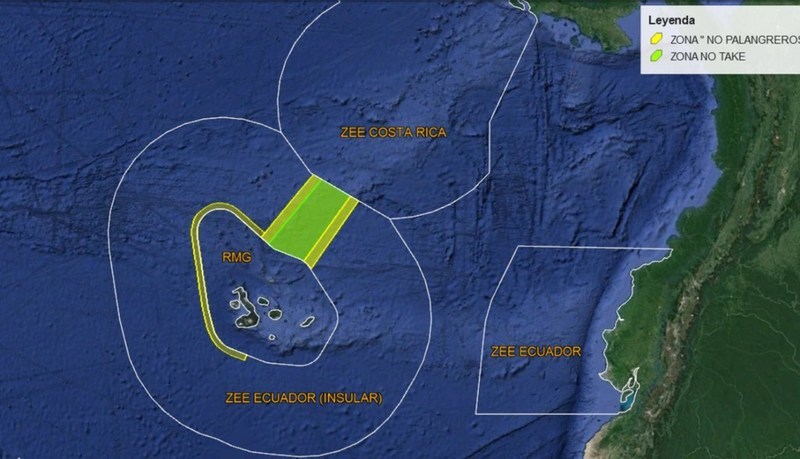May 19, 2025
UNOC 3 Position Paper
Read our position paper on The 3rd United Nations Ocean Conference (UNOC 3) to see why we're attending and what we aim to accomplish!
We use cookies to help you navigate efficiently and perform certain functions. You will find detailed information about all cookies under each consent category below.
The cookies that are categorized as "Necessary" are stored on your browser as they are essential for enabling the basic functionalities of the site. ...
Necessary cookies are required to enable the basic features of this site, such as providing secure log-in or adjusting your consent preferences. These cookies do not store any personally identifiable data.
Functional cookies help perform certain functionalities like sharing the content of the website on social media platforms, collecting feedback, and other third-party features.
Analytical cookies are used to understand how visitors interact with the website. These cookies help provide information on metrics such as the number of visitors, bounce rate, traffic source, etc.
Performance cookies are used to understand and analyze the key performance indexes of the website which helps in delivering a better user experience for the visitors.
Advertisement cookies are used to provide visitors with customized advertisements based on the pages you visited previously and to analyze the effectiveness of the ad campaigns.

Today in Glasgow, during the COP26 climate change summit, Ecuadorian President Guillermo Lasso, announced the declaration of a new Marine Reserve in the Galapagos.
The new reserve announced at a press conference, will complement the current Marine Reserve with an additional 60,000 km2, which are divided into two zones of 30,000 km2 each. A zone of no fishing production (no-take zone), which connects the waters of Ecuador with those of Costa Rica, the second is a no longline fishing zone located northwest of the current Galapagos protected area, which will help prevent longlines from entering the current Reserve.
This is a critical step towards the protection of the Galapagos – Cocos biodiversity corridor, allowing safe passage to iconic species such as hammerhead sharks, whales, sea turtles, manta rays, and more. Protecting these species is the responsibility of each country and all of us combined. This could be the beginning of a marine protected area formed by four countries, Ecuador, Costa Rica, Panama, and Colombia in a multilateral effort, especially in the middle of a climate and extinction crisis.
Maximiliano Bello, Island Conservation’s Partnership Manager.

This new area will undoubtedly contribute to the conservation of highly threatened marine species in the Galapagos-Cocos Island migration corridor, as well as ensuring the sustainability of fishing resources for both the industrial and artisanal fisheries of Ecuador.
The Galapagos Marine Reserve expansion is a big step for the protection of the biodiversity of this marine corridor. This region hosts a variety of ecosystems that play an important role in the carbon sequestration process, food security for human communities, and essential habitat for marine biodiversity, including some of the most charismatic and endangered species, such as whale sharks.
Paula A. Castaño, Island Conservation’s Native Species Specialist, Latin America
This initiative materializes after years of work from the Galapagos community and the support of different organizations, authorities, and NGOs.
Island Conservation is pleased to be part of the Más Galapagos collective, a group consisting of organizations, communities, and researchers. We thank the Pew Charitable Trust with its Pew Bertarelli Ocean Legacy initiative and the Blue Action Fund for their support in this project and the achievement of this first step towards reaching sustainability and the restoration of our oceans.
We congratulate the government of Ecuador and its authorities for increasing marine protection zones for the common benefit.
Check out other journal entries we think you might be interested in.
Notifications